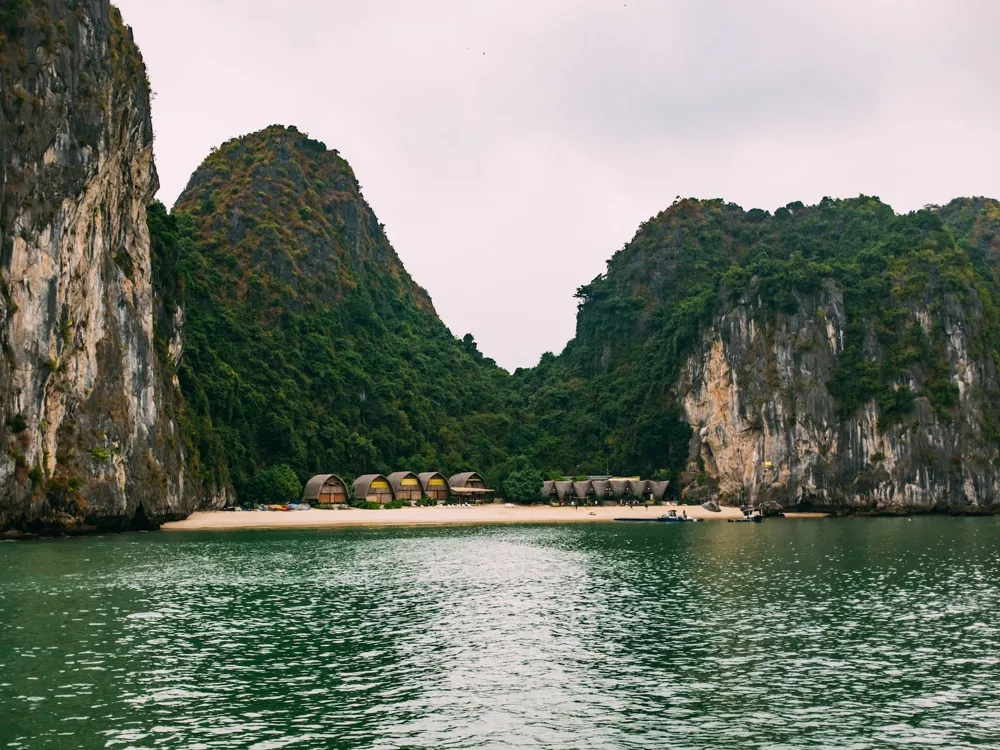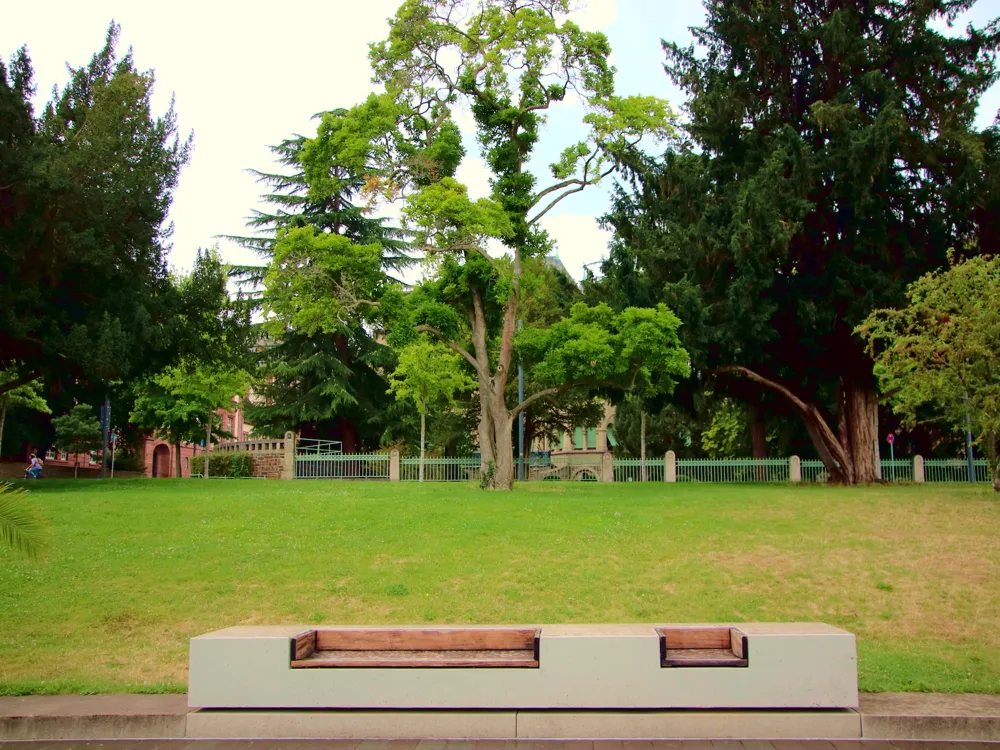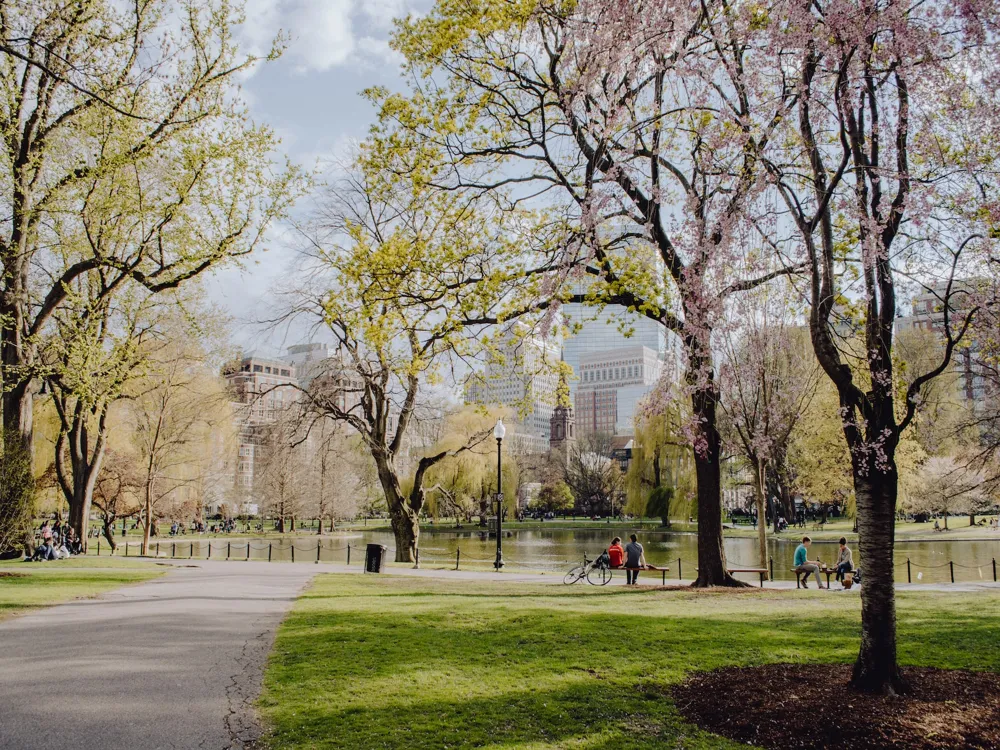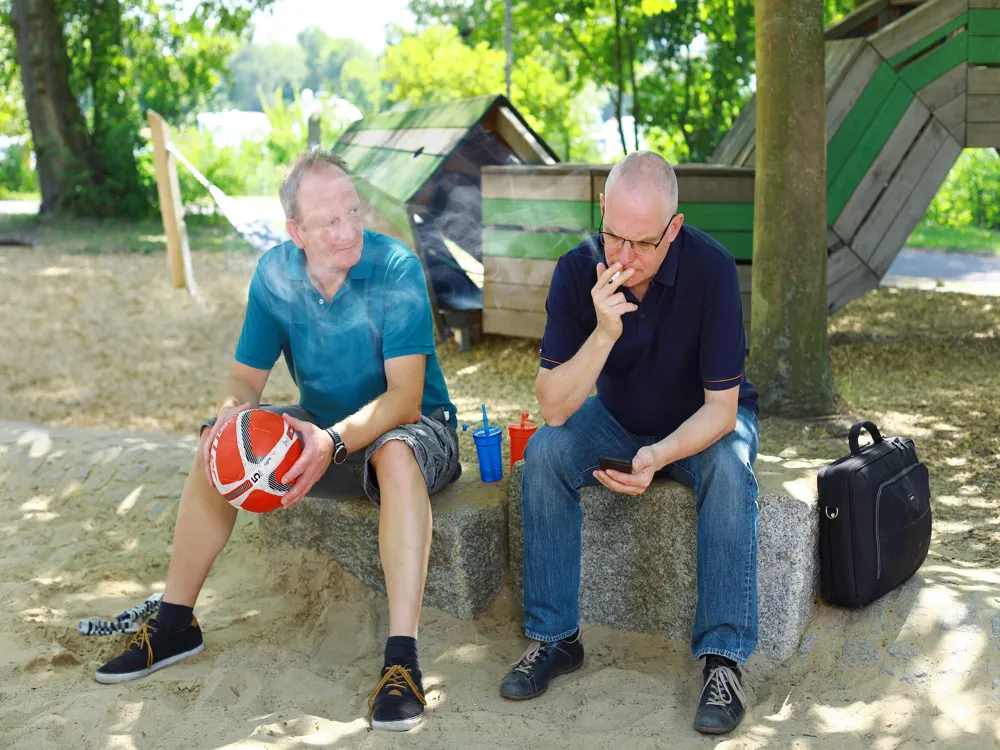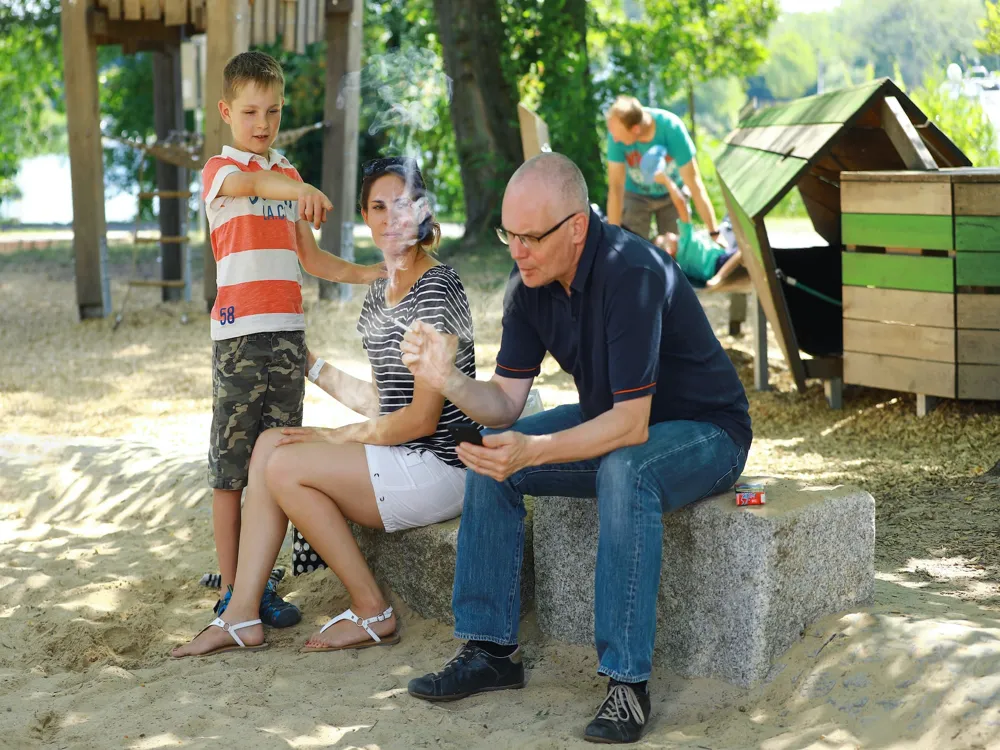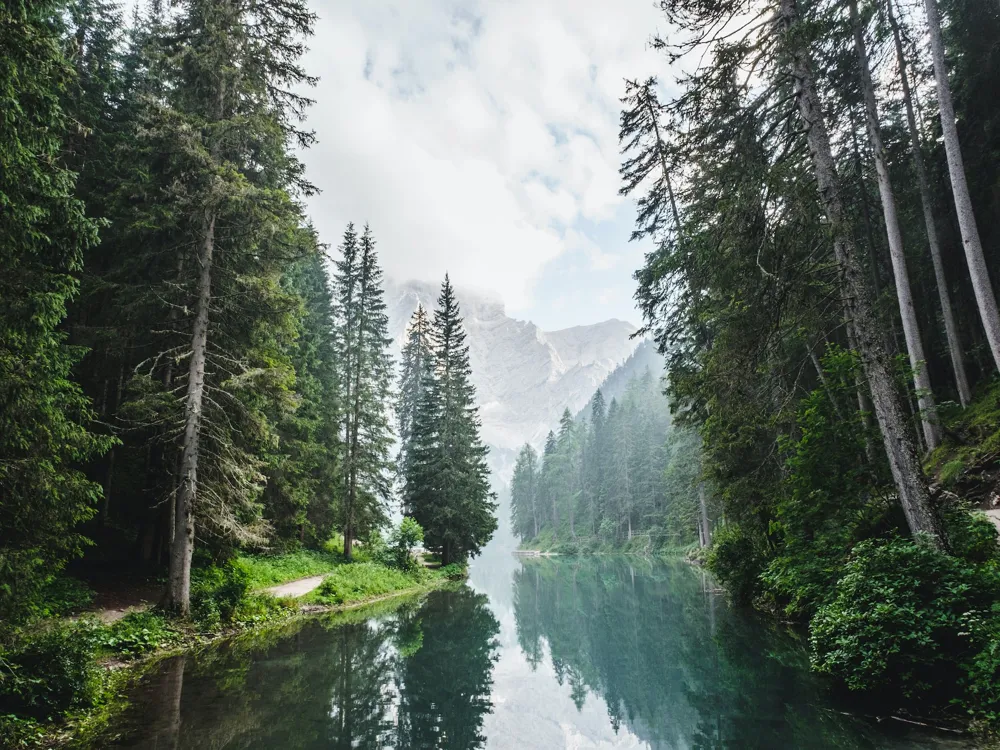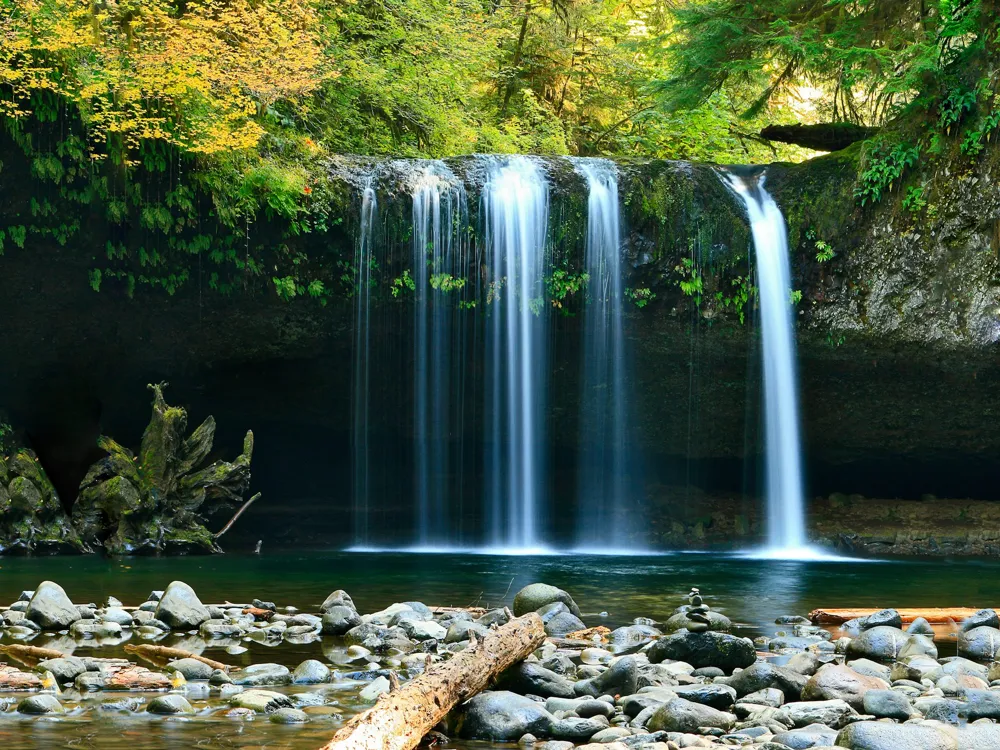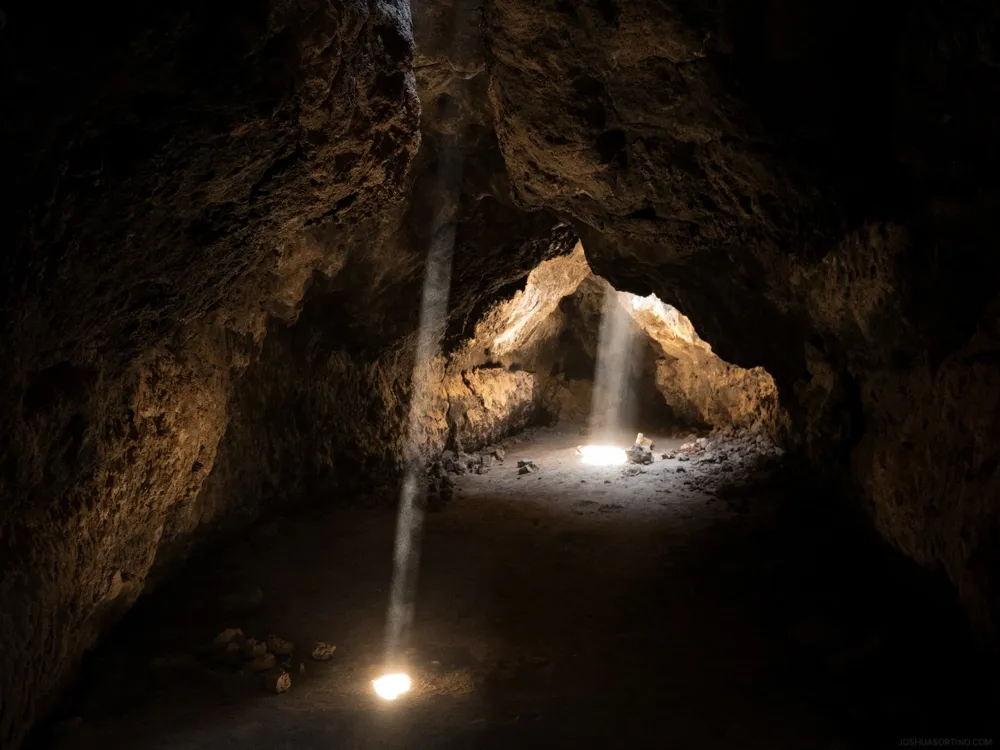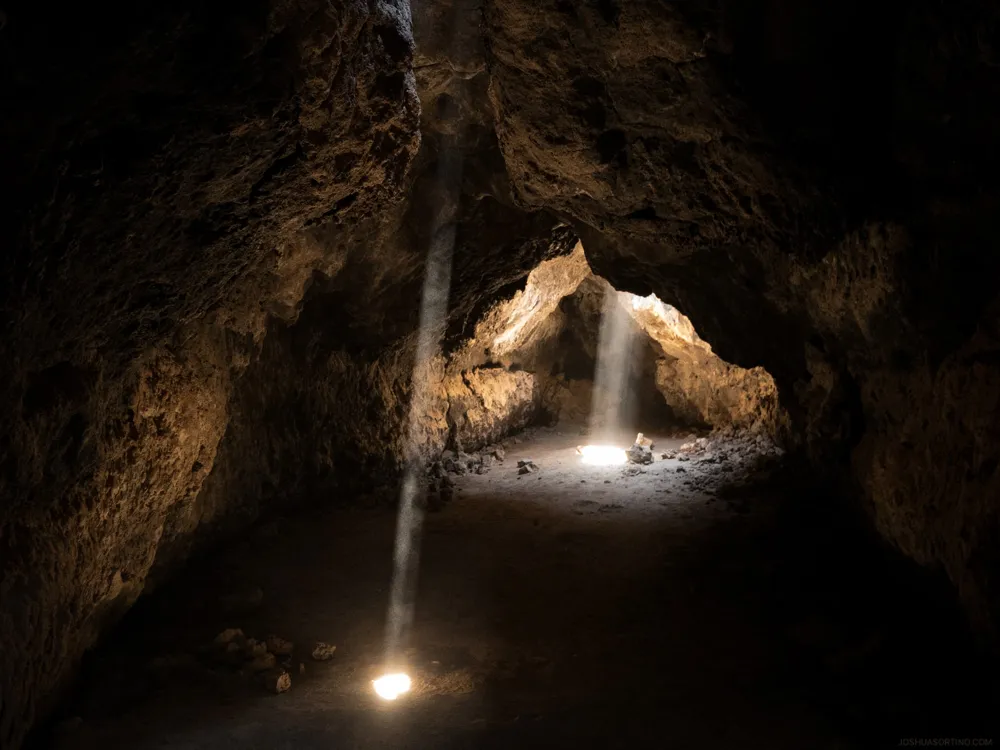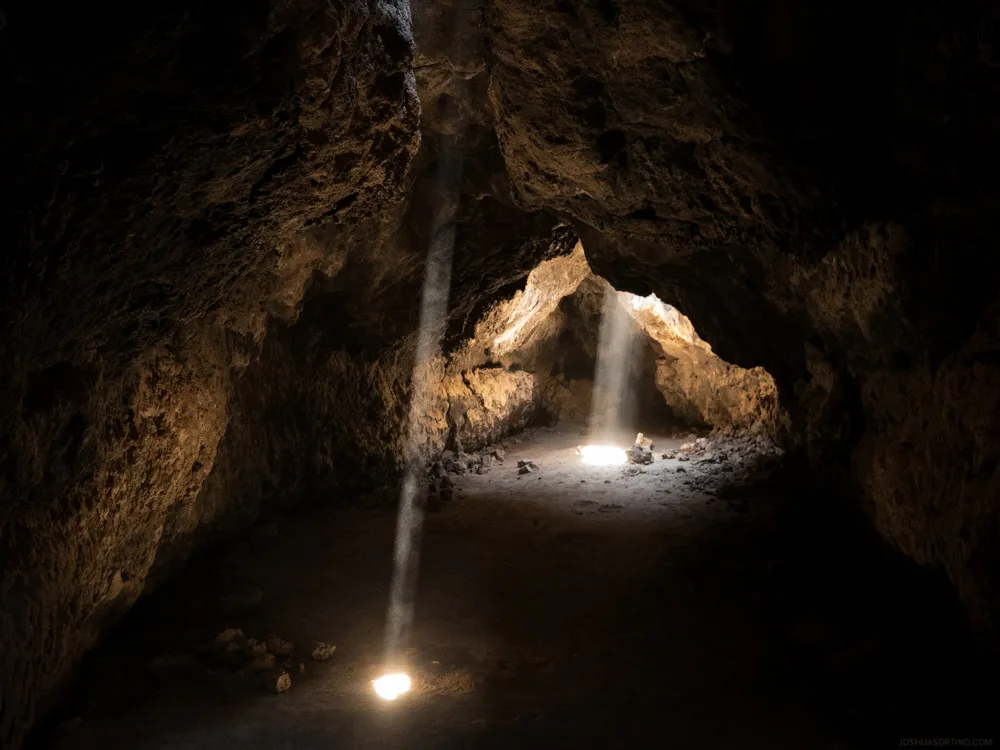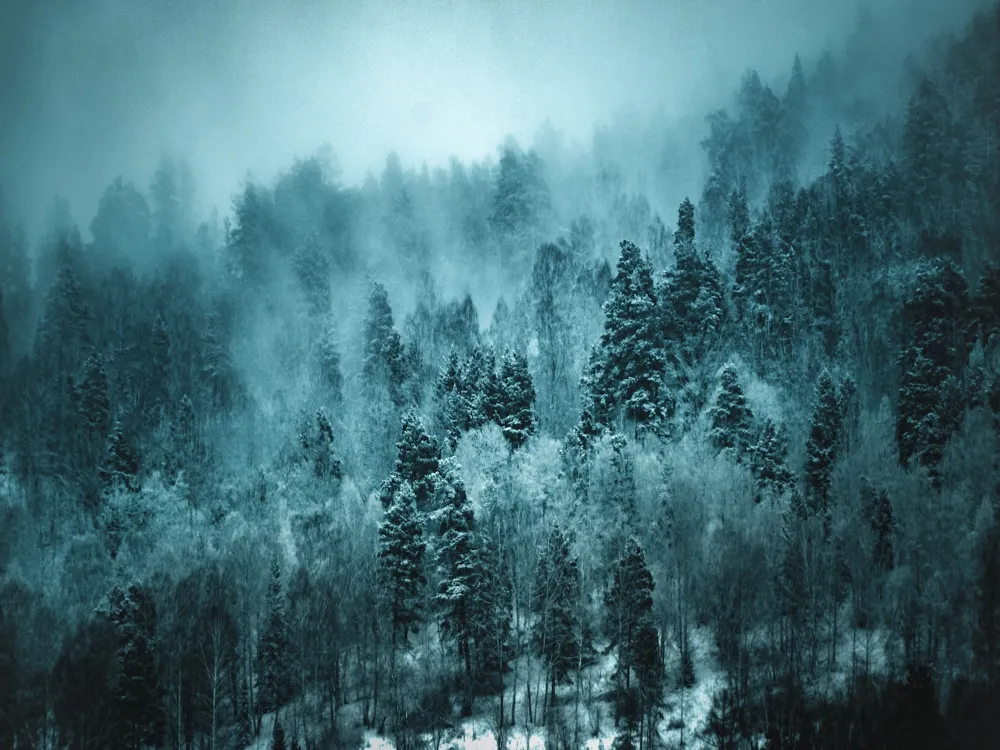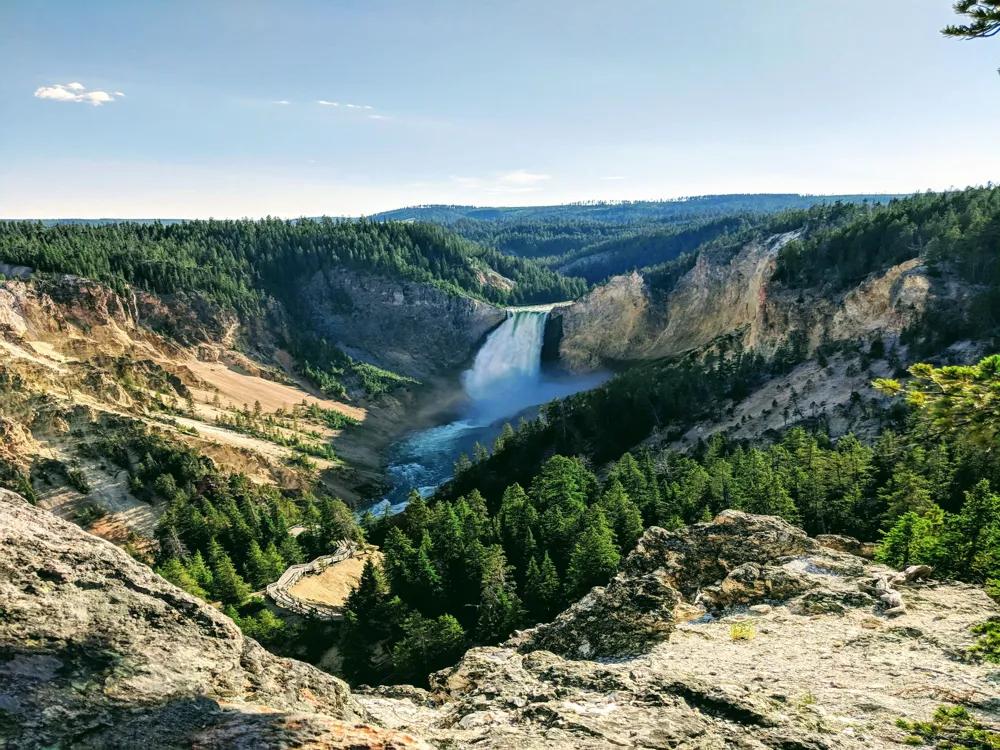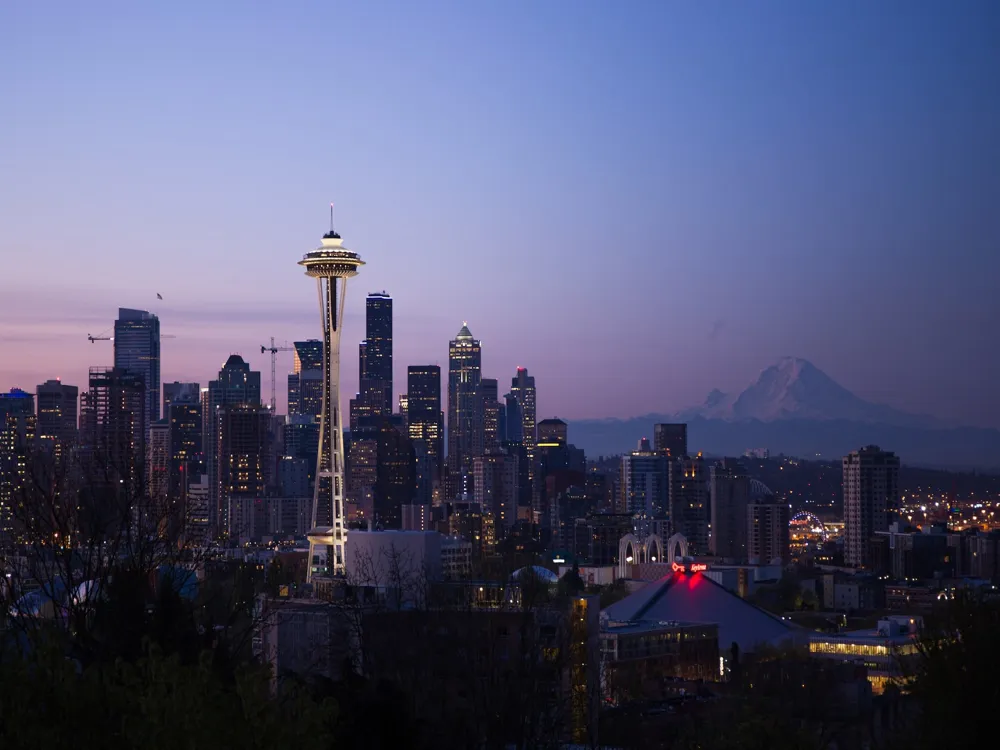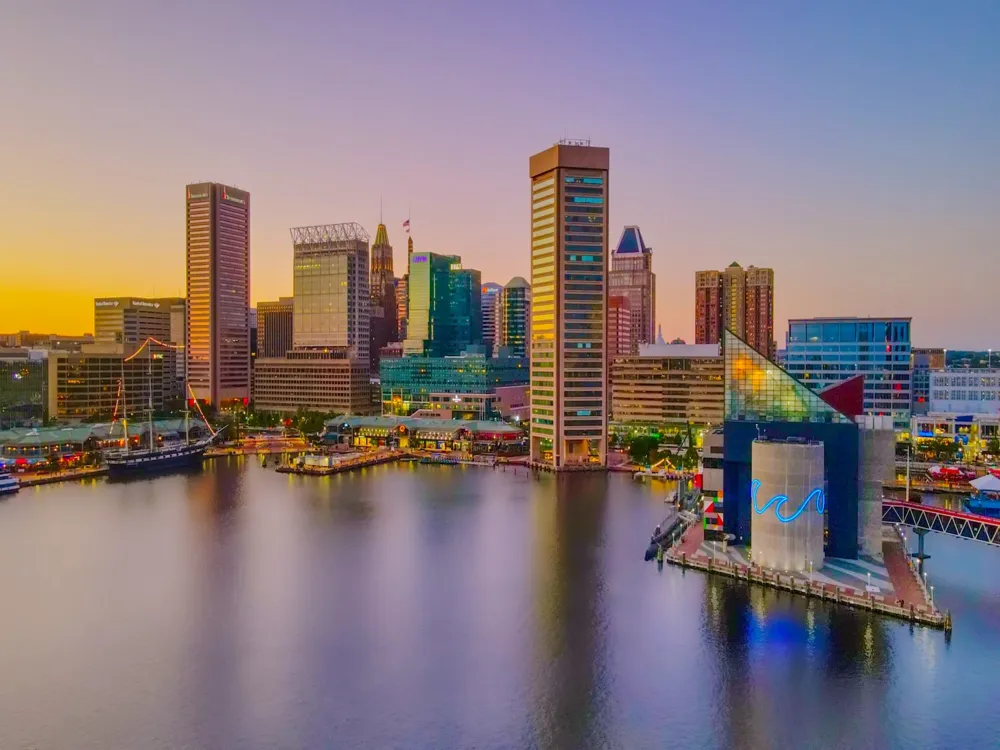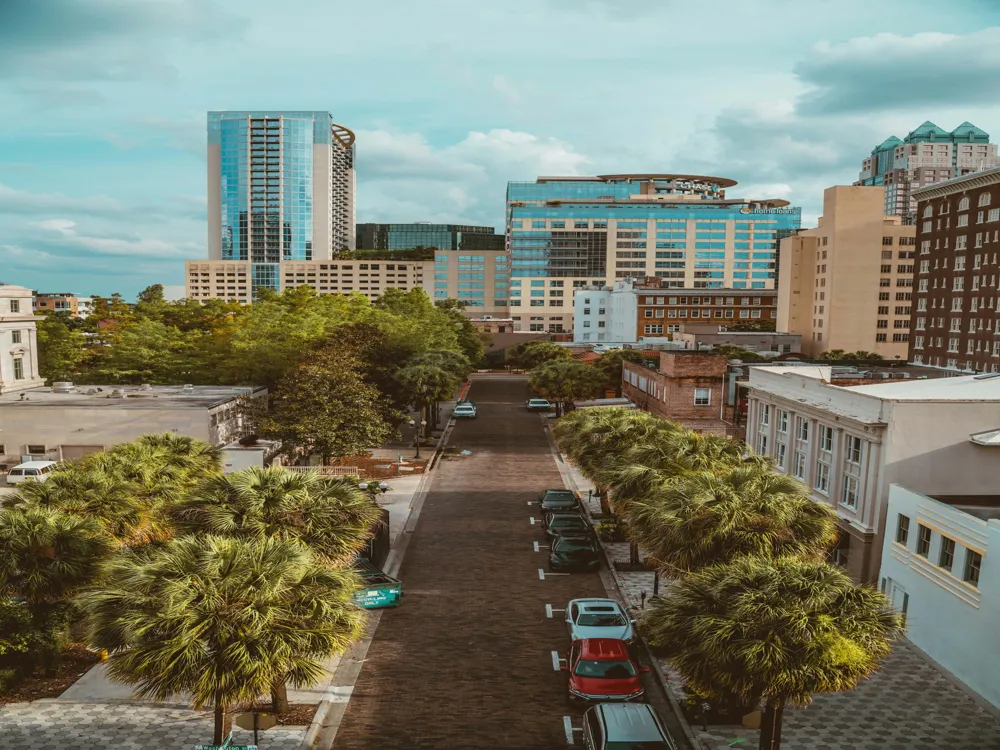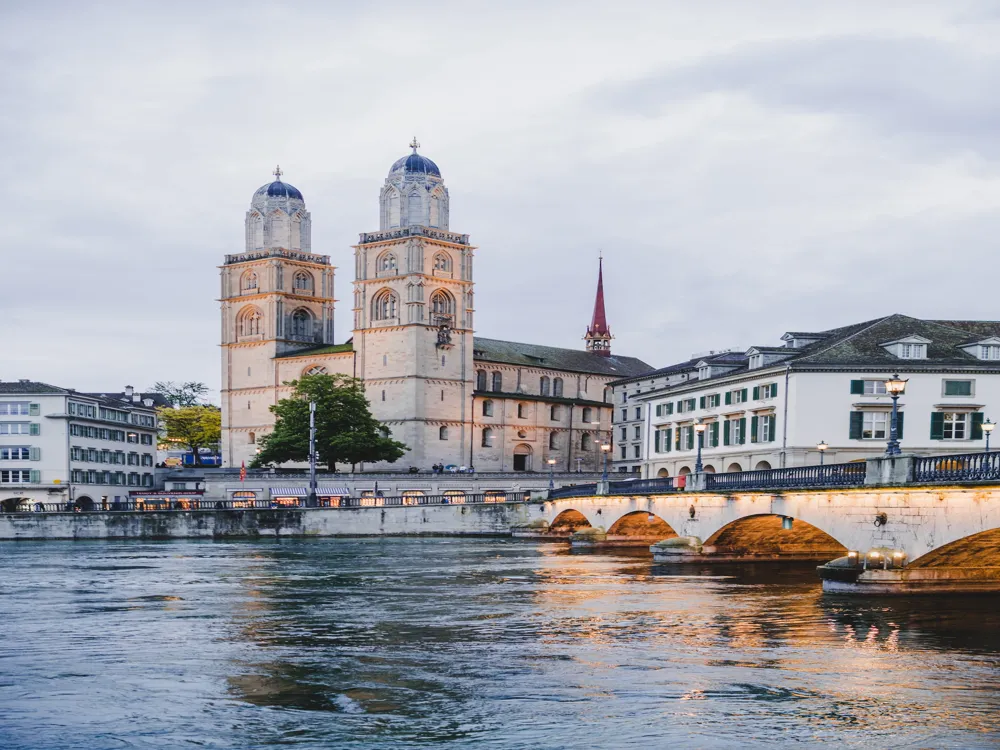Best Time To Visit Ba Be National Park
Vietnam
13 out of 46 Places to visit in VietnamNaN onwards View Packages
Get Customized PackagesThe Land of Diversity
Top Hotel Collections

Private Pool

Luxury Hotels

5-Star Hotels

Pet Friendly
What is the Best Time to Visit Ba Be National Park?
Ba Be National Park, nestled in the lush landscapes of Vietnam, offers a mesmerizing blend of biodiversity and cultural richness. Planning your visit to this natural haven requires careful consideration of the timing, ensuring you make the most of your experience. In this comprehensive guide, we delve into the best times to explore Ba Be National Park, uncovering the nuances of each season.
More about the Best Time to Travel to Ba Be National Park
Travel Peak Season in Ba Be National Park
Embark on your Ba Be adventure during the peak season to witness nature at its finest. From March to June, the park comes alive with vibrant flora and fauna. The temperate weather creates an ideal setting for trekking, boat rides, and immersing yourself in the indigenous culture.
Travel Offseason in Ba Be National Park
For those seeking tranquility and a more intimate connection with nature, the offseason, spanning from July to October, beckons. While rainfall is more frequent, the lush greenery and fewer crowds provide a unique and serene experience for the discerning traveler.
Ba Be National Park Travel Packages
View All Packages For Ba Be National Park
Ba Be National Park Weather Guide
Ba Be National Park Weather in Winter (November – February)
Ba Be National Park Weather in November
As winter descends upon the park, November ushers in a mild climate, making it an excellent time for hiking and wildlife observation. The foliage transforms into a myriad of warm hues, creating a picturesque backdrop for your explorations.
Ba Be National Park Weather in December
December brings cooler temperatures, adding a touch of crispness to the air. It's an ideal month for cultural encounters with the local ethnic communities and enjoying the serene boat rides on Ba Be Lake.
Ba Be National Park Weather in January
January unveils the park's tranquil side, with a peaceful ambiance perfect for nature walks. The clear skies offer stunning views of the surrounding mountains, making it a photographer's paradise.
Ba Be National Park Weather in February
As winter bids adieu, February marks the onset of spring. The park begins to bloom, presenting a kaleidoscope of colors and renewed vitality, setting the stage for an unforgettable journey.
Ba Be National Park Weather in Summers (March to June)
Ba Be National Park Weather in March
Spring unfolds in March, bringing a burst of life to the park. The temperatures gradually rise, creating an inviting environment for exploring the diverse ecosystems, from dense forests to cascading waterfalls.
Ba Be National Park Weather in April
April is a pinnacle of beauty, with lush vegetation and blooming flowers. This is the perfect time for birdwatching, as migratory species make their presence felt amid the flourishing landscapes.
Ba Be National Park Weather in May
May unveil the full splendor of Ba Be National Park, with warm temperatures and abundant wildlife. Venture into the caves and limestone formations, discovering the hidden gems of this natural wonder.
Ba Be National Park Weather in June
June ushers in the summer season, with balmy weather setting the stage for outdoor activities. From kayaking to trekking, the park offers a plethora of experiences for adventure enthusiasts.
Ba Be National Park Weather in Monsoon (July – October)
Ba Be National Park Weather in July
July heralds the monsoon season, bringing occasional rainfall and transforming the landscapes into a lush green tapestry. Despite the rain, the park retains its charm, offering a unique perspective for those seeking a different adventure.
Ba Be National Park Weather in August
August continues the monsoon allure, with mist-covered mountains and vibrant foliage. This mystical ambiance creates an ethereal atmosphere, making it an enchanting time to explore the park's hidden corners.
Ba Be National Park Weather in September
September marks the transition from monsoon to post-rain freshness. The rejuvenated landscapes and clear skies beckon nature enthusiasts, offering an idyllic setting for nature walks and cultural interactions.
Ba Be National Park Weather in October
October concludes the monsoon season, leaving behind a revitalized Ba Be National Park. The weather stabilizes, presenting an opportune time for outdoor adventures and immersing yourself in the local traditions.
Conclusion
In conclusion, choosing the best time to visit Ba Be National Park depends on your preferences, whether you seek the vibrancy of peak seasons or the tranquility of the offseason. Each period unveils a unique facet of this natural wonder, ensuring a memorable experience for every traveler.
Places To Visit In Ba Be National Park
View All Places To Visit In Ba Be National ParkNearby Places Ba Be National Park
Ba Be National Park Photos
View All Photos For Ba Be National ParkBrowse Package Collections
Browse Hotel Collections
Faq
1. When is the ideal time to visit Ba Be National Park?
The best time to visit Ba Be National Park is during the dry season, which typically spans from October to April. This ensures pleasant weather and allows for a more enjoyable exploration of the park's natural beauty.
2. What is the weather like in Ba Be National Park during the recommended months?
During the dry season, temperatures range from cool to mild, making it comfortable for outdoor activities. Daytime temperatures can vary, so it's advisable to bring layers to adapt to changing conditions.
3. Are there any specific months to avoid due to weather conditions?
The rainy season, from May to September, can bring heavy rainfall and occasional flooding. It's advisable to avoid these months as the trails may become slippery and some areas inaccessible.
4. Are there any unique events or festivals during certain months that I should consider?
The local Tay ethnic people celebrate their traditional festivals, offering a unique cultural experience. Check the festival calendar to coincide your visit with these vibrant celebrations.
5. What wildlife can I expect to see during the recommended months?
The dry season provides better opportunities for wildlife spotting. Keep an eye out for diverse bird species, butterflies, and other fauna. Local guides can enhance your chances of encountering wildlife.

